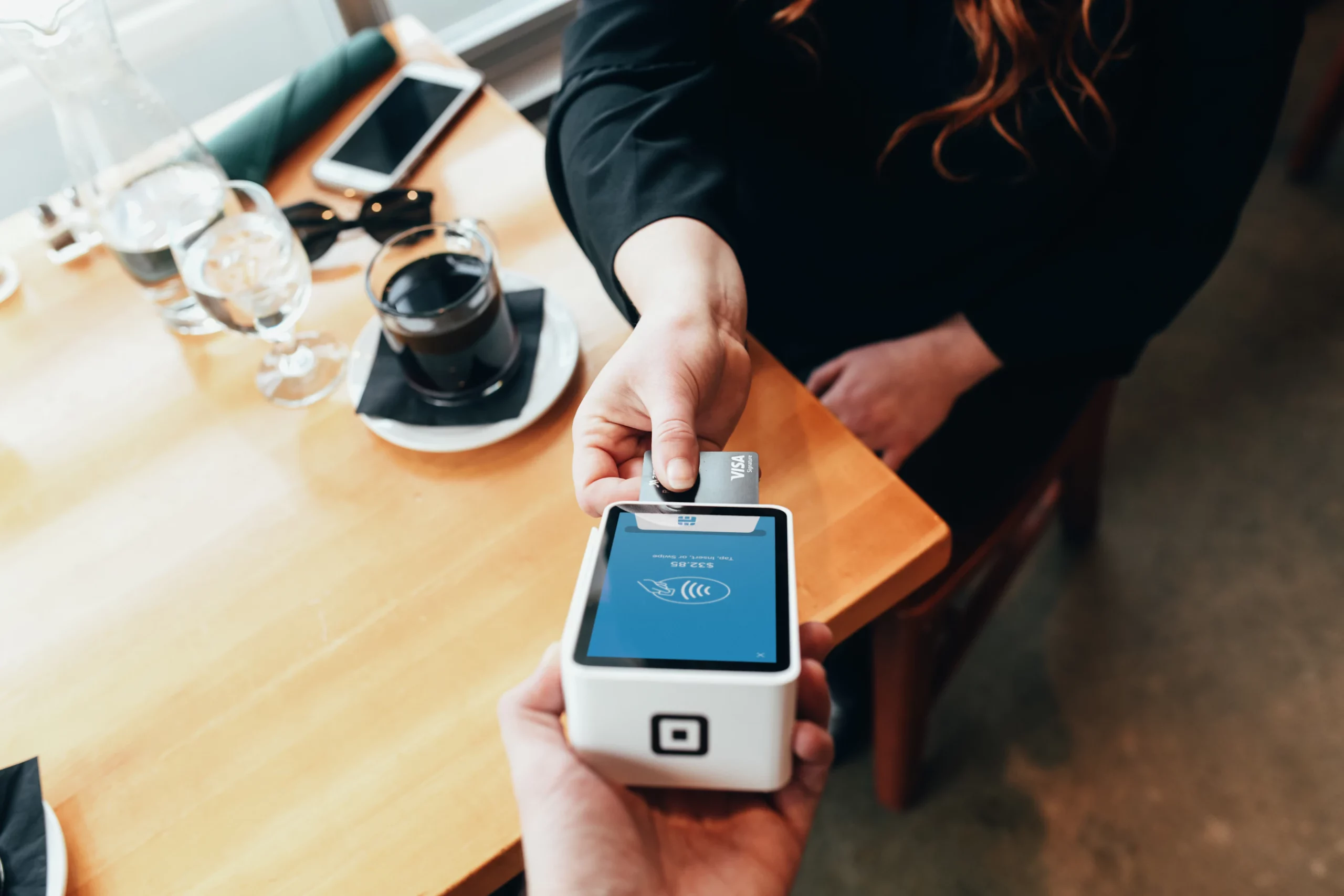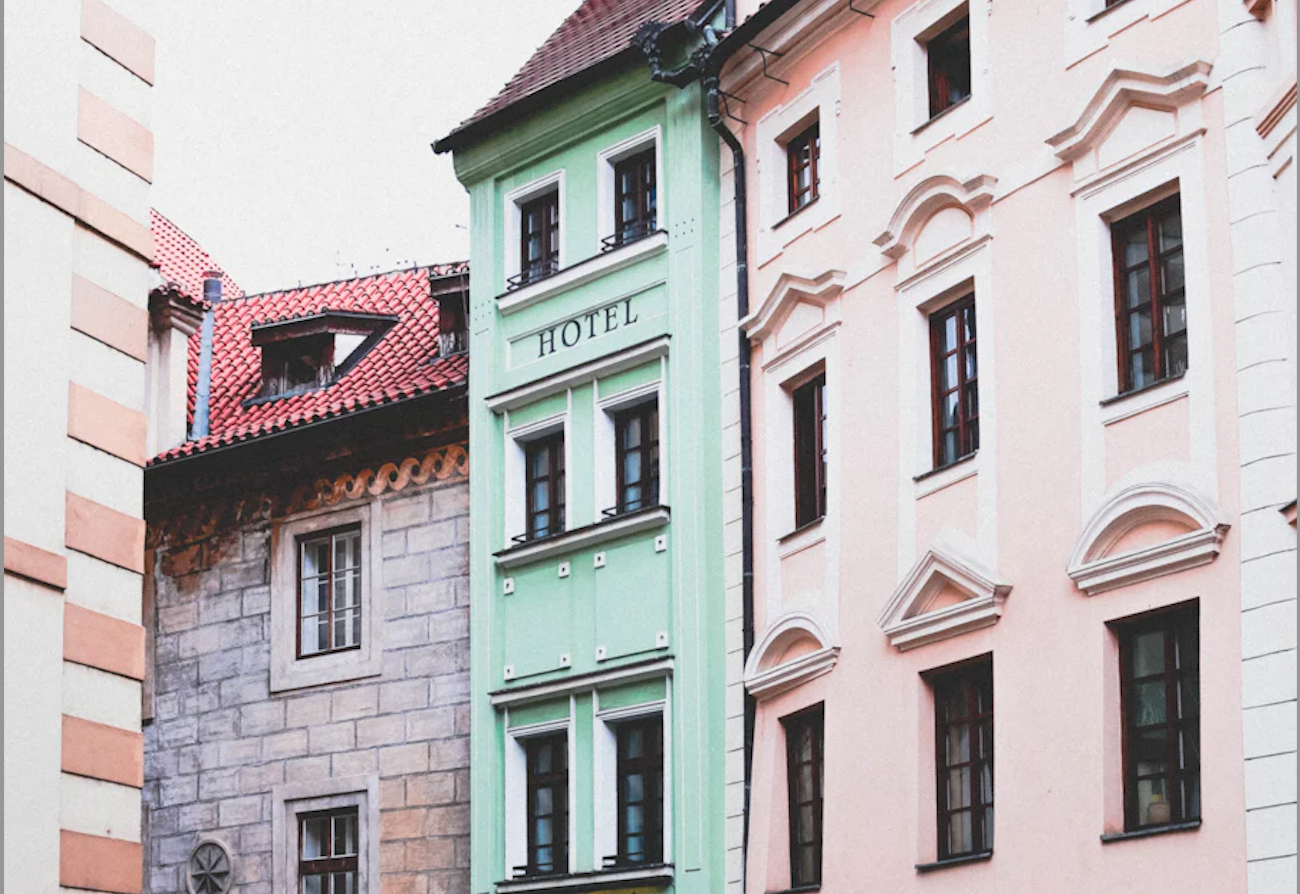Ewald Damen, creative director and managing partner at interior design firm Virgile + Partners, shares his thoughts on the impact of technology and AI on the future role of the creative director.
What will your role/the role of a creative director look like in the future? It’s a question I’m increasingly being asked. It’s understandable why this is such a hot topic. The world around us is rapidly changing and advancements in technology are having a huge impact on the way we live and work. This is being particularly keenly felt among those of us in the creative space.
Younger generations have been brought up under the influence of technology, they are digital natives and the acceleration of tech – and its role in modern society – is commonplace to them. Gen Z and Gen Alpha were born into a world where technology is an essential part of existence, so they have a unique perception and attitude towards it. These generations, invariably early adopters, are more open to trying – and welcoming – innovative features that could benefit their lives. While the stereotype is that older generations may be more sceptical and apprehensive about adopting newer, trendier technology, consumers tend to welcome technology that enables faster and better service and an overall streamlined experience.
Significant advancements have taken place in both hardware and software, transforming not only our personal lives but also our professional environments. The pursuit of accuracy and efficiency has often been the driving force behind these developments. However, an exciting shift occurring at a surprisingly rapid pace, and grabbing the headlines as a consequence is artificial intelligence. And in the creative field it is now actively helping us become more innovative, creative, and intellectually adept. Technology is no longer a mere assistant; it’s assuming larger roles in the critical thinking process and empowering us to explore beyond the norm.
Algorithm as a tool
Algorithms have revolutionised the way we access information and sift through vast amounts of data to find tailored solutions – whether they be functional, aesthetic, sustainable or ethical. Search engines, which have seamlessly integrated into our daily lives, have become our go-to tool for information and image searches.
The impact of algorithms is particularly evident in the creative industry, where they helped efficiency and focus on the design process. They have expanded our research capabilities, enabling us to explore a much broader selection of materials and furniture options. Similarly, when it comes to conceptualising ideas, algorithms have made accessing images and references easier and more personalised. Gone are the days of creating mood boards from magazine and book clippings, photocopied and mounted onto foam and cardboard.
Out methods of visualisation have also transformed. Computers and advanced software have largely replaced traditional pen and paper techniques. The hours spent labouring over technical drawings or perspective sketches on a drawing board have reduced massively. Instead, we now rely on 2D and 3D software packages that not only speed up the process, but fundamentally change the way we design. These tools empower us to delve into more intricate details and complexities than ever before. Rather than being feared, algorithms have been instrumental in making the creative industry more streamlined and precise. The way we research, ideate, draw, and visualise has been changed forever, and has given us greater capabilities to bring our designs to life.
The technology aesthetic and using 3D spaces
Following the shift to computers in the architecture and design industry, a new aesthetic has emerged that’s been influenced by this technology. Now we can make more complicated and intricate designs, meaning buildings and spaces can be more versatile.
Tools that allow us to create immersive 3D virtual spaces have changed the way we test and communicate ideas with clients. These technologies have transformed the traditional process of building physical maquettes into a simple “click of a button” with 3D printed models. Advancements in printing technologies now allow for the production of complete objects and building parts, altering the way we construct and think about projects.
All these developments have inevitably impacted the role of a creative director – and in the main, they’ve been wonderfully empowering. Ideas can be better shared, and collaborated on, between design teams and agencies and clients. They can be more thoroughly and quickly tested and adapted to ensure the design reflects the ambition of the project.
Creative departments can use design and these tools to encompass more aspects across the customer journey and experience – developing more holistic design across a project.
The experience element
The pressure to deliver exceptional experiences has intensified as customer expectations have grown. With generational differences in attitudes, and the easy access to information, we now have to cater to a diverse and informed clientele, raising the bar for all services for all visitors.
The rapid pace of social media and platforms including Instagram has resulted in a desire for more experiential designs, and it has also increased the need for adaptable concepts to maintain consumer engagement. There is a greater demand for a more personalised approach to design, encompassing both service and aesthetics to stand out in a competitive landscape.
Enhancing the creative director role
The role and process of creative direction has already changed a lot and it is changing more through the rapid emergence of AI-based tools. Image and text generators are set to become part of concept and project development.
The swift introduction of these tools is both exciting and scary. On one hand, they have the potential to enhance the creative process by surpassing our brain capabilities to generate ideas and sketches. However, it does not negate human involvement, and creative directors and designers will still be essential to ensure the proposed AI-generated plans, images or text aligns with the brief and vision and is stepping stone to more creativity.
While AI will undoubtedly find its place in the daily life of a creative director, it should be seen as a complementary tool rather than a replacement. By leveraging AI, creative directors can potentially create more innovative and relevant designs. But blind trust in a computer’s answers is dangerous and inappropriate. The creative director to continue to hold the responsibility to deliver a human edit and executive vision to each project that adds that unique and personal touch.








